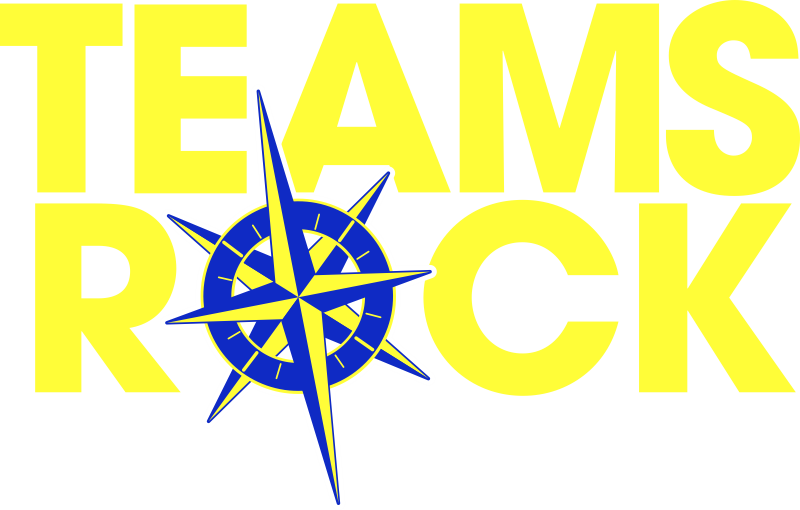Five proven team development strategies:
 1. Establish or review your team’s code of conduct: While this may sound simple, as time passes some processes and behaviors become outdated or members simply forget. Therefore, revisiting your team’s code of conduct can be very beneficial. One key factor here is to have the team establish this and not just the leader.
1. Establish or review your team’s code of conduct: While this may sound simple, as time passes some processes and behaviors become outdated or members simply forget. Therefore, revisiting your team’s code of conduct can be very beneficial. One key factor here is to have the team establish this and not just the leader.
2. Create a Report Structure for Challenges: Depending on the size of your team, instead of everyone coming to one person (usually the leader) when a challenge arises, separate the types of challenges and have different people in charge of each area of challenge. When necessary, the point person can then bring issues to the whole team or, if necessary, management.
3. Balance the team: There are a number of ways to do this and, regardless of what you choose, the most important factor is to keep everyone in the loop and be sure everyone is aware. The more aware each team member is of their teammates’ capabilities, the more effective the team will be.
4. Team Training: While teamwork is one of the greatest advantages an organization can have in today’s competitive workplace, building a culture of teamwork is a continuous process. As new members join the team this becomes even more important. One of my clients does two all-hands off-site events each year for his team. They typically have one half-day training session that supports the team’s mission and the rest of the day is fun time to socialize away from the office.
5. Celebrate Successes: The off-site meetings I talked about above are a great place to celebrate the team’s successes. Don’t just do this once or twice a year though; this should be done on a regular basis. In fact, it should include peer-to-peer as well as top down recognition.
While the obvious benefit of a team’s success is increased productivity, don’t forget many of the secondary benefits such as increased employee retention, stronger team morale, and stronger team communication. These secondary benefits drive the benefit of stronger results for the team and the organization.


Leave A Comment